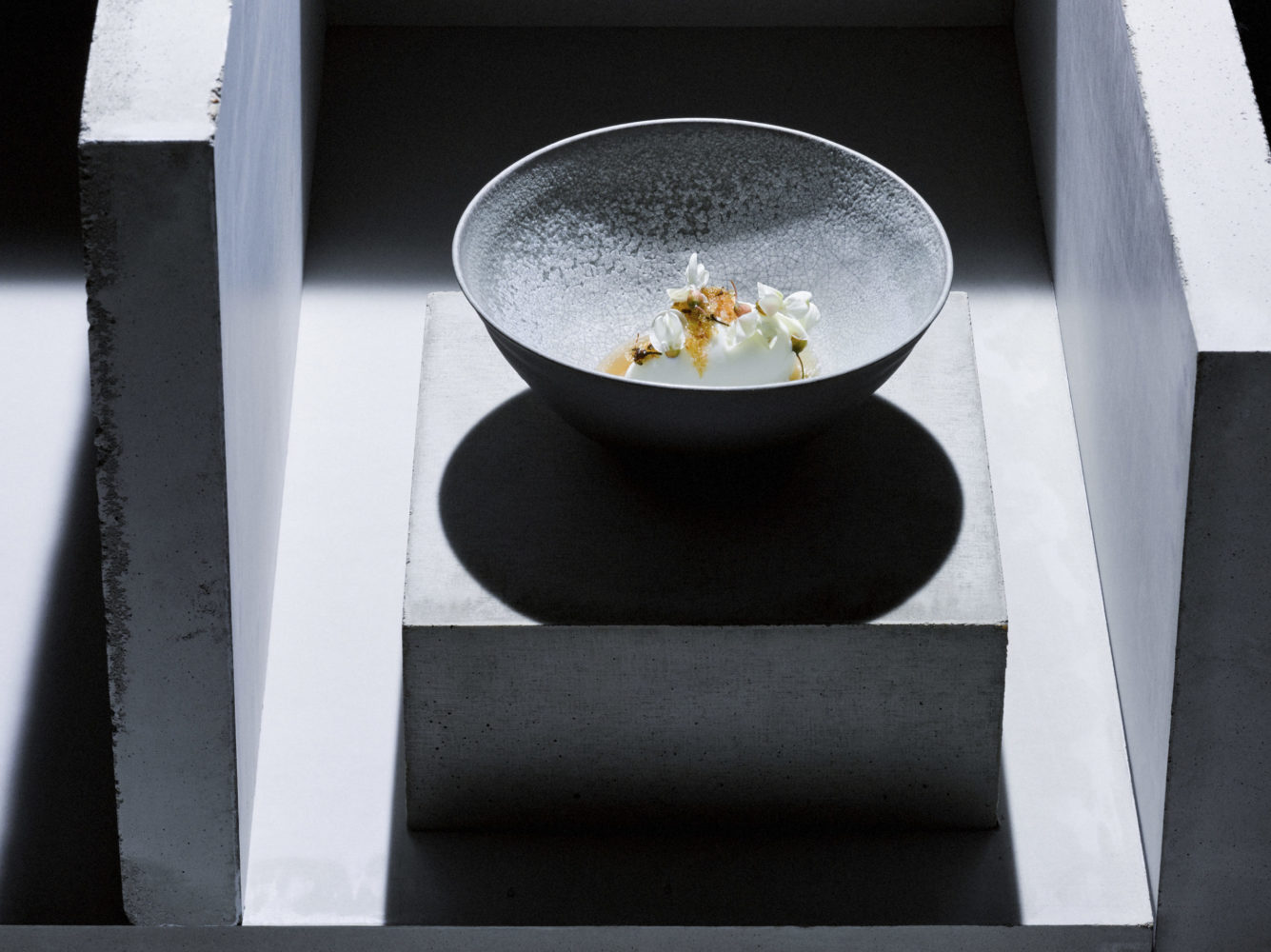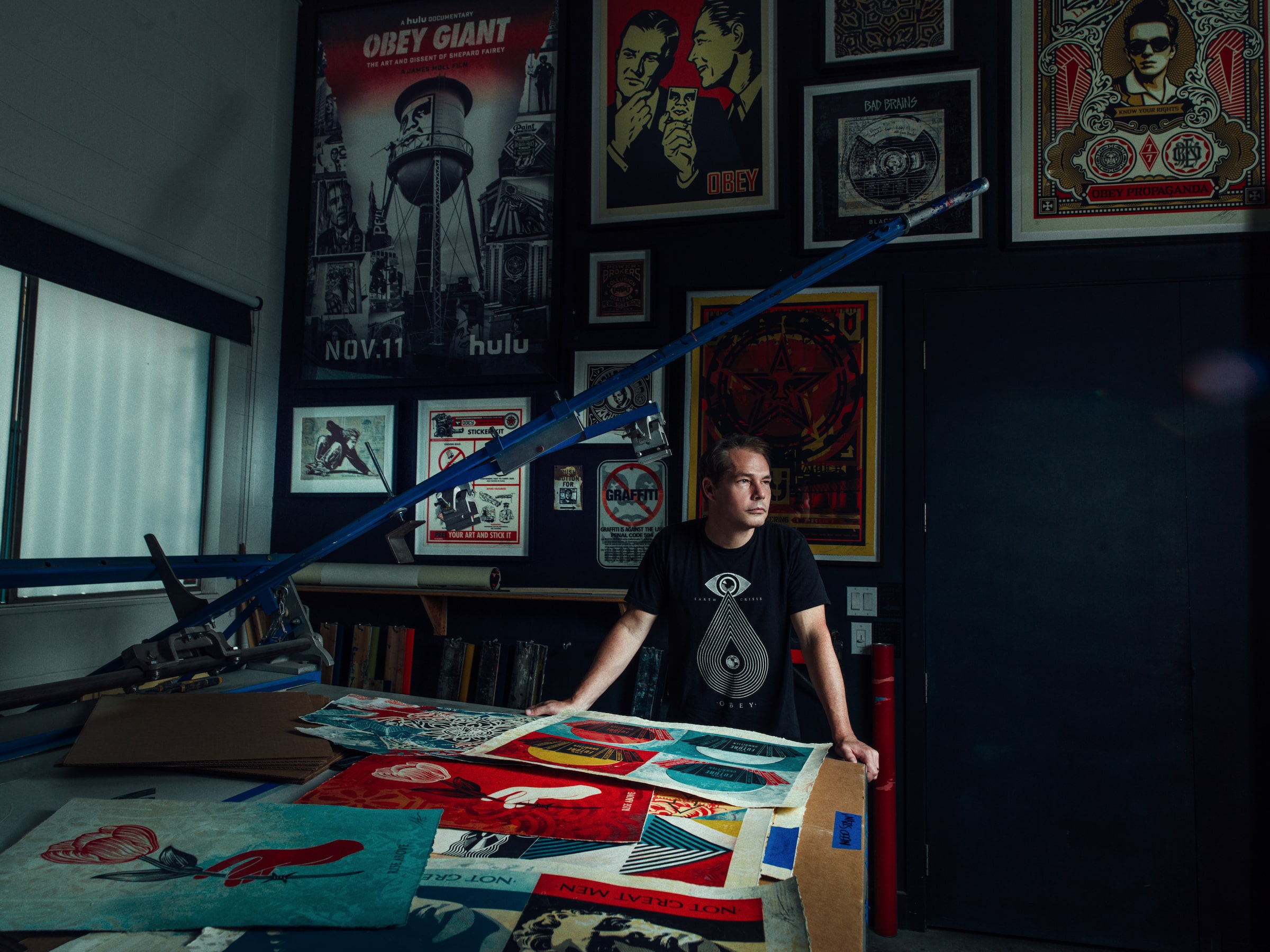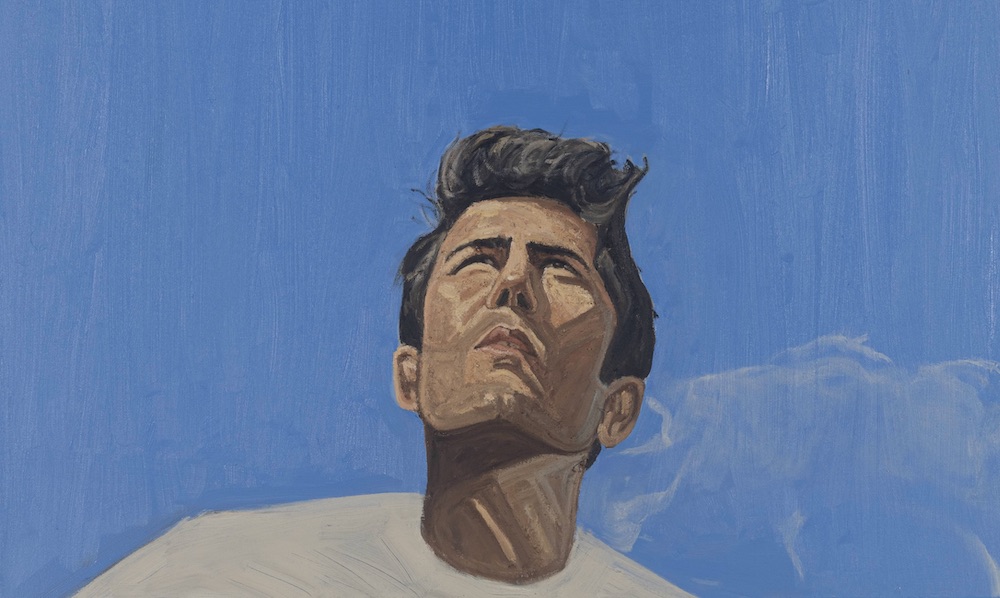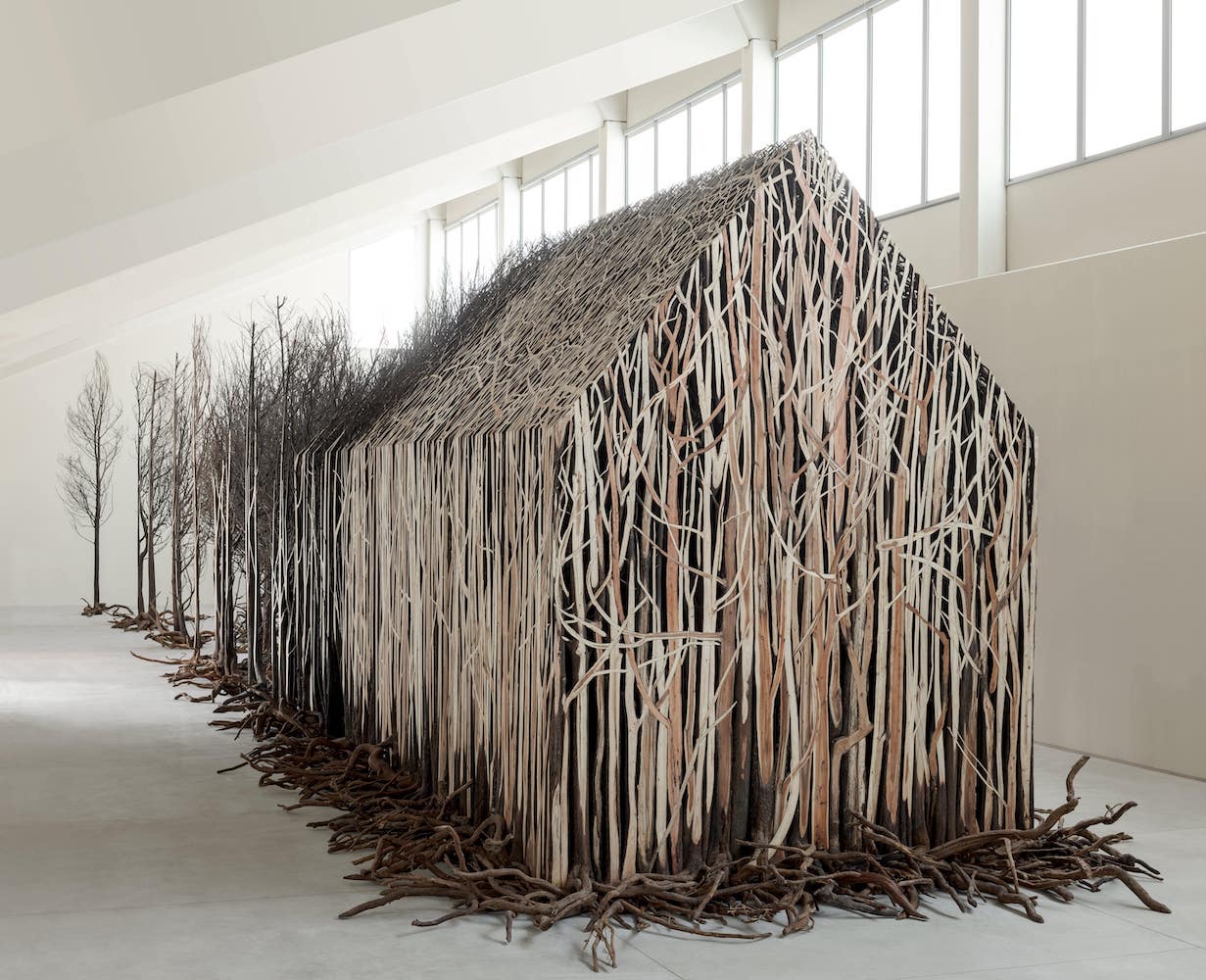Over the past decade, Qatar Museums has opened an astounding number of art and cultural spaces—the Museum of Islamic Art; Mathaf: Arab Museum of Modern Art; The Fire Station; and recently the new National Museum of Qatar. It has been the subject of several museum case studies, and with its relatively young age compared to other international institutions, has been able to react and be nimble in shaping programming around its audience’s needs.
Whitewall spoke with Sheikha Reem Al-Thani, director of exhibitions at Qatar Museums, about engaging at the regional and international level, as well as the Qatar Museums’s influence on emerging artists in the region.

Courtesy of Nobelhart & Schmutzig.
WHITEWALL: How has the cultural profile of Doha changed internationally with the opening of so many museums and art spaces in the past ten years?
SHEIKHA REEM AL-THANI: I started working here a decade ago. It’s pretty interesting to see how things have changed. You could see the trajectory coming. I was studying design and art history when I was approached by Mathaf, before it even started. It was the best-kept secret in the world. Nobody knew about the collection. I did an internship and was struck by the amount of work I didn’t know existed, mainly Arab art. To be part of that team was incredible. To see where it started and where we are now—it is a completely different place, internationally, locally, culturally, everything.
The National Museum closing in the nineties had a huge impact. I was part of that last group of students to go into the National Museum as a young visitor. I have those memories of my experience there. The students, from 1996 until the Islamic Museum opened, had no museum experience.
It is now our mission to build audiences and professional capacity as well, in the museum sector. It is a great challenge because nobody was studying museum gallery design. But now that you can see a trajectory for your country, a lot of people started going abroad to study this.
What is a social experience here? We think about that all the time. The museum is a social experience, a family experience, an educational experience.
WW: Do you feel like you’re able to respond more quickly to audience engagement because these are newer spaces?
SRAT: People here are very well traveled—they have been to a lot of museums around the world—so we’re always competing with that. But we can respond quickly and we have a lot more freedom in terms of programming. There are a lot of internal discussions about who is the audience, what does the audience want, how do you cater to this?
We see it as a live museum. We are blessed to be able to create these environments and respond to audiences. We’ve seen the audience grow, mature, change, and we want to continue to add more. And we understand that the future audience is even more different than the current.
WW: What are some of the shows that stand out for you as very successful in terms of audience engagement?
SRAT: There have been a few. We have found that a lot of our exhibitions that are local, regional get the highest visitorship. We just finished “KAWS: He Eats Alone,” and this also had a huge interaction with the public. It was a different kind of public that we knew didn’t come to the museum, or not often, but they came for KAWS.
WW: You mentioned more people studying museum design and management in the past decade. Have you also seen a rise in young artists, seeing a future locally?
SRAT: Yes, you can see that growing and growing. We do have a history of pioneer artists from the sixties all the way to the early 2000s, especially male artists, some hidden from the public and still creating work. For the Fire Station Artist in Residence we get about 200 to 300 applicants every year, and we can only take a maximum of 20 people during that time. Now we have an amazing amount of emerging artists you can see who are developing their own medium and style. That’s a good place to be, to be able to experiment and grow.








